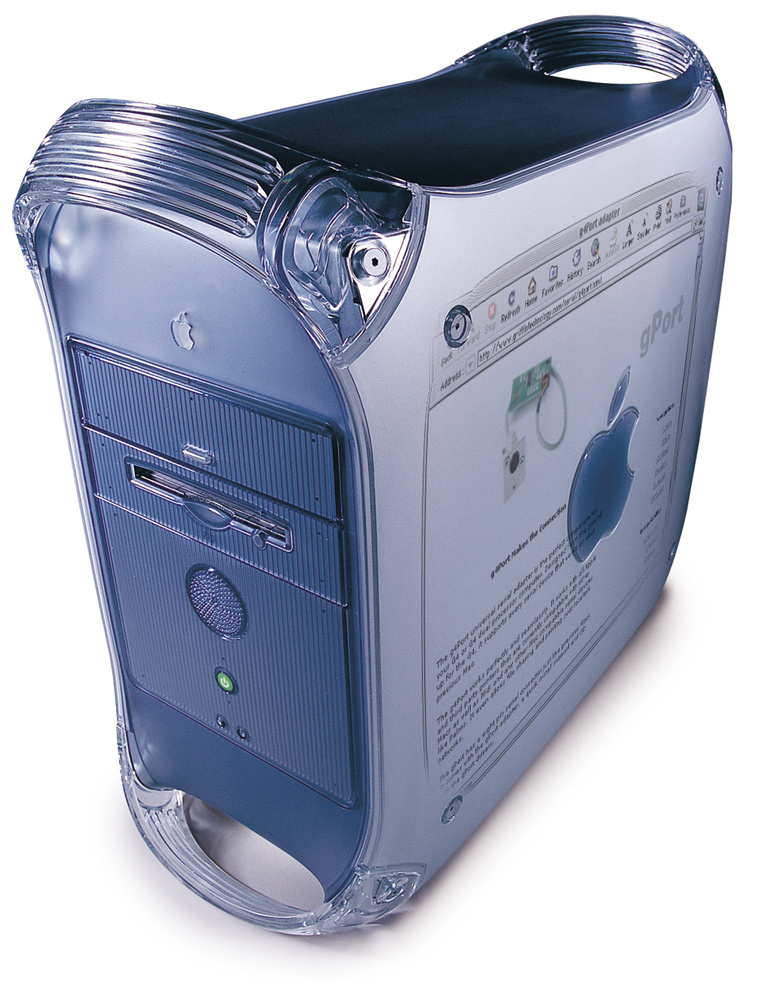

Using OpenFirmware to Find Your USB Installer Once done, you’ll be ready to insert the USB installer into your PowerPC-based computer and boot from the stick. It’ll take a few moments (or longer) to complete. dd if="/Users//Downloads/lubuntu.iso" of=/dev/disk2 bs=1m Change “lubuntu.iso” to the proper filename, and be sure to use your disk identifier in the of= parameter. Go ahead and issue this command in Terminal to create the USB installer drive. You’ve got your USB flash drive prepped, and you know what to call it. Once that step completes, it will be time to create the USB flash drive installer you need to start installing Linux.Do this by typing this command in Terminal, replacing disk2s3 with the device identifier for your USB flash drive: Now, we’re going to unmount the USB flash drive so we can work directly with it in Terminal.It should be something like /dev/disk2s3. Look for the name of the USB flash drive, and remember what it’s called.In Terminal, find out the device ID for your USB Flash drive.
#BEST STEALTH OS FOR MAC POWERBOOK G4 ISO#
Take note of what the filename is for your ISO image of Lubuntu 16.04.Heck, even if you aren’t comfortable, the job can be done. If you are comfortable with Terminal on your newer Mac, this is still pretty simple. Just burn the ISO to a blank DVD, insert it into your PowerBook or other PowerPC-based Mac, and press the “C” key while the computer boots up.
#BEST STEALTH OS FOR MAC POWERBOOK G4 INSTALL#
Because of this, I had to create USB install media.Īssuming you’re fortunate enough to be able to boot from a DVD, it’s really simple. My PowerBook G4 has a CD-R/W drive, though. If you have a DVD drive, you can simply burn the ISO image of Lubuntu 16.04 to a disk and start that way. What you need to get started depends on what type of optical drive you have in your G4- or G5-based PowerBook or Mac. Getting the Revival on for Your PowerPC Mac Running Linux


 0 kommentar(er)
0 kommentar(er)
